How to Fix a 403 Forbidden Error — Best Practices
Site Audit Issues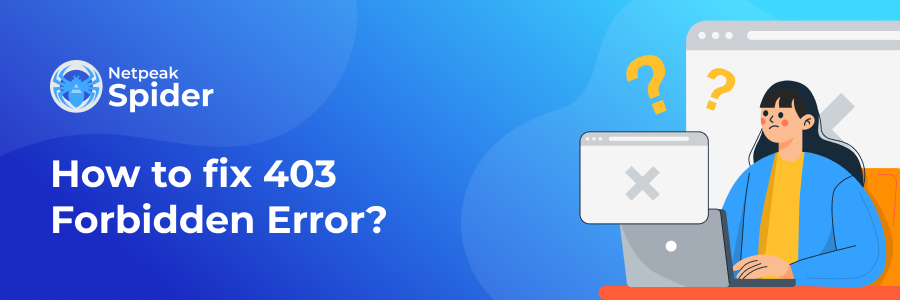
Content:
- Why does a 403 forbidden error occur
- How to fix 403 errors — most efficient solutions
- How different websites display the 403 error
- Errors similar to 403 forbidden
- How to fix 403 forbidden with Netpeak Spider
- Bottom Line
The meaning of 403 forbidden error is as simple as that: the page (or resource) you were trying to reach has blocked access to it for some reason. This article covers the possible solutions to this problem and describes similar errors. Also, we’ll discuss how to use Netpeak Spider to promptly react to such issues and prevent them from reappearing.
Why does a 403 forbidden error occur
Img:Alt: 4xx and 5xx errors detected in Google Search Console.
In simple words, the HTTP error 403: forbidden occurs when someone's trying to access a page with restricted access. The reason for that could be that you’re really not allowed to reach a particular page. The other reason might be that the access settings for the page are improperly set, meaning you can't reach it by accident.
How to fix 403 errors — most efficient solutions
Now that we've established the main reasons for the issue, let's see how to fix 403 error in several ways. Here, we discuss the possible solutions, whether it's an error on your or the website owner's side.
Check for URL errors

Specify an actual web page file name and extension together with a directory. Many websites are set up to disallow directory browsing, so it's normal to see a 403 forbidden code while attempting to display a folder and not a specific page. To prevent this status code from reappearing, enable directory browsing in the server tool.
Clear the browser cache
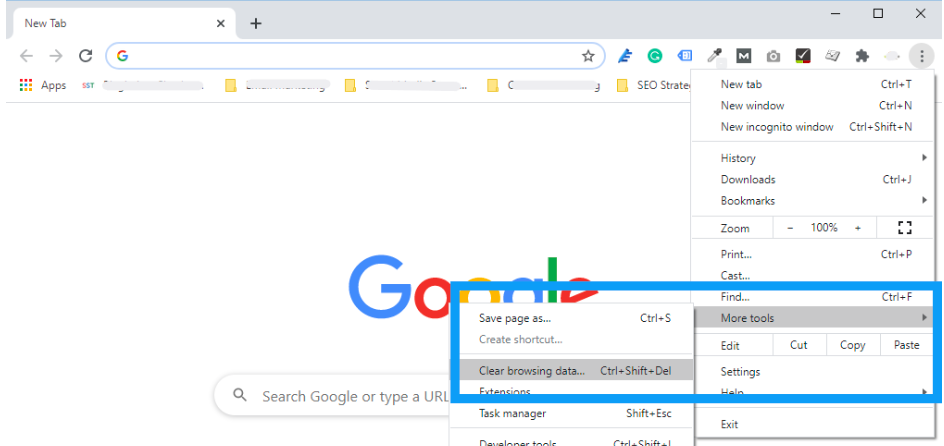
It's also possible that issues with a cached page version can cause 403 forbidden issues. Clearing the cache might be a solution to the problem.
Log in to a website
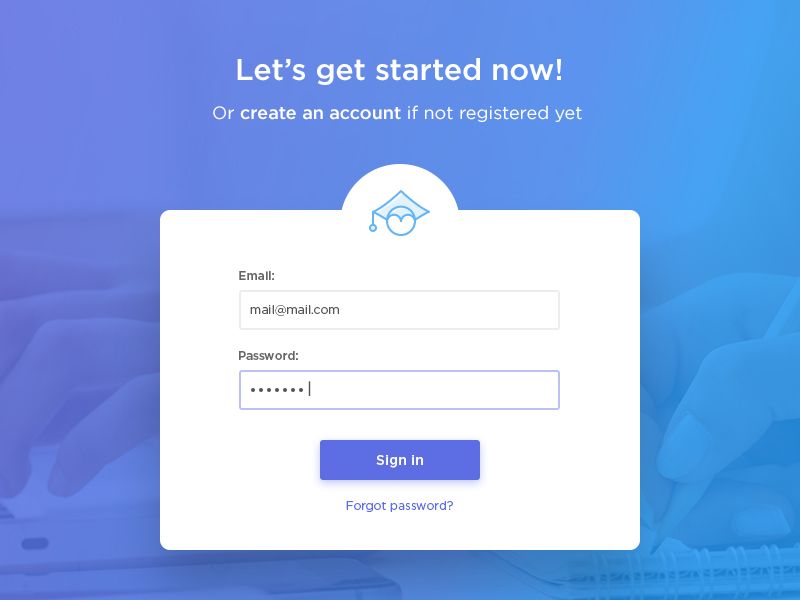
If possible to do so, try logging into the website in question. The error message may appear because you need extra access before viewing the page. You may also stumble upon a similar error, which is 401 unauthorized, but sometimes, a 403 code is used instead.
Clear browser cookies
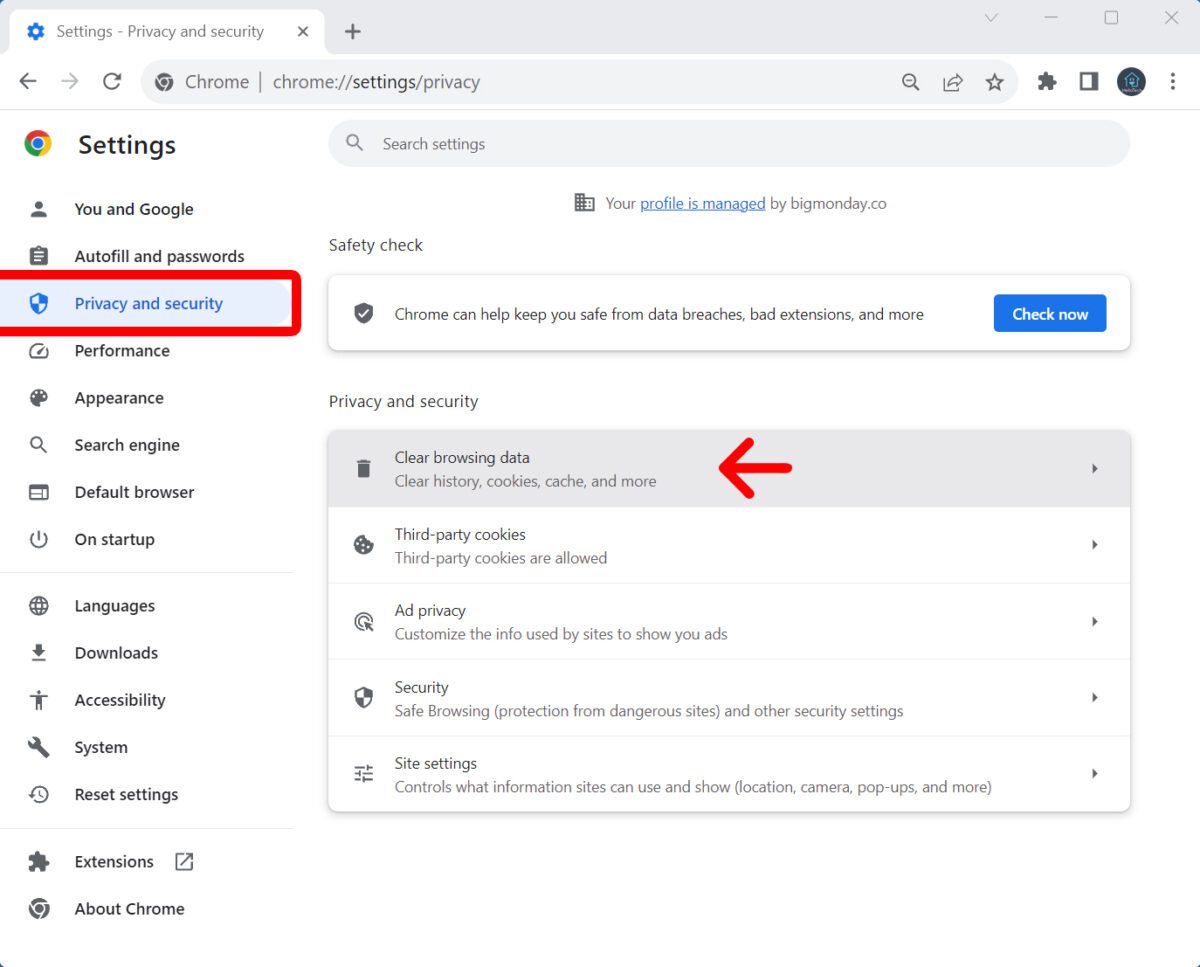
The error 403 forbidder means that cookies might be obtaining proper access to the page. If a website requires logging in and you failed to access the page at this step, clearing browser cookies may help you out. Make sure to allow browser cookies or at least enable them for a given website if it requires logging in to see it.
Contact the website for support
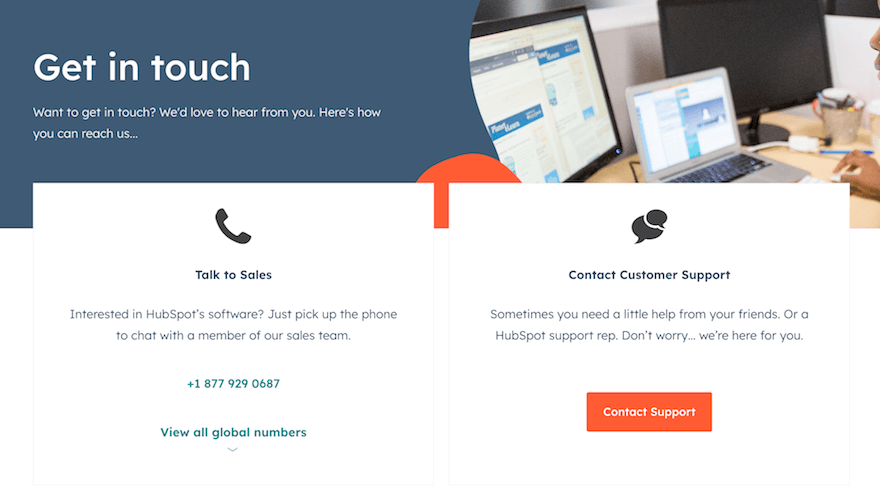
It's possible that the 403 status code appears accidentally to everyone else who sees it, and the website owners aren't aware of that. Search for support-based accounts on social media or search for their support email address and phone number.
Contact your internet service provider

This may be a solution if you still see the 403 - forbidden: access is denied message, yet you're pretty sure the website is working for others at the same time. The reason for that can be that your public IP address (or ISP) is in a blocklist. If that's the reason and your ISP can't help, try connecting to a VPN server from a region that grants access to this website.
Come back later

Once you're sure the page you're trying to access is the correct one and that the HTTP error affects other users, revisit the page once in a while until it starts working again.
How different websites display the 403 error
The 403 forbidden code might appear differently on various websites. Here's what the error message may look like once you reach the page with blocked access:
- Forbidden
- 403 Forbidden
- Error 403
- HTTPError 403.14 — Forbidden
- Error 403 — Forbidden
- HTTP 403
- HTTPError 403 — Forbidden
- Forbidden: You don't have permission to access [directory] on this server
The error shows up inside the browser's window — just as the web pages do. Thus, like all similar errors, it can appear in any browser on any OS.
Errors similar to 403 forbidden
You can stumble upon similar errors while trying to access a particular website, and you might see one or the other on different occasions. Here are some of the most common client- and server-side errors that are related to the 403 forbidden code:
- 400 Bad Request — appears when you send a malformed request to a server and, as a result, it can't process the request.
- 401 Unauthorized — when you see this issue, it means you've entered invalid credentials (username or password were incorrect).
- 404 Not Found — this error occurs when the page you're trying to reach can't be found on the server.
- 408 Request Timeout — appears when connecting to a website took more time than the server could wait.
- 500 Internal Server Error — this is the most common server-side issue that means something's wrong with the site's server, but the problem remains unspecified.
- 502 Bad Gateway — this is the issue between two different servers with improper communication or invalid responses from one of the servers.
- 503 Service Unavailable — the server is simply unavailable at the moment; you can usually see this error during server maintenance or when it's overloaded.
- 504 Gateway Timeout — appears mostly when the server is down or not working correctly.
How to fix 403 forbidden with Netpeak Spider
In order to detect and prevent this issue, it's worth running a thorough URL checkup, which can be pretty tough to execute manually. Hence, you should get the help of a website crawler to automate and facilitate detecting issues. One of the best options you can try is Netpeak Spider.
This is a multi-purpose analytical tool and website crawler that can detect over 100 known site-related issues and offer helpful advice on fixing them. Moreover, it integrates data from Google Analytics and Search Console to help you receive in-depth data about your website's metrics and performance.
Img:
Alt: Detect 403 issues on any target page with Netpeak Spider.
Working with Netpeak Spider is simple. All you have to do is compile the list of URLs you need to analyze, paste them into a dedicated in-app section, and start the crawling process. In just a few minutes, you'll receive a detailed report together with issue notices, prioritized adequately due to their criticality. You'll also find the status code issues, where you'll be able to find out more about the possible reasons for those issues and the list of tips and useful links that will help you solve them.
Bottom Line
The HTTP error 403 forbidden means you can't access a particular web page or resource. This can happen either because the website's owner blocked access to it or you can't reach it by accident (e.g., the site owner doesn't know the access is blocked for users).
Now that you know what 403 forbidden means and what can possibly cause it, you can handle this issue much more efficiently. With Netpeak Spider, you'll also be able to detect and prevent this problem from reoccurring quickly. Use this handy tool to easily manage and fix similar issues, and never let this error deteriorate your website's performance!



.png)
